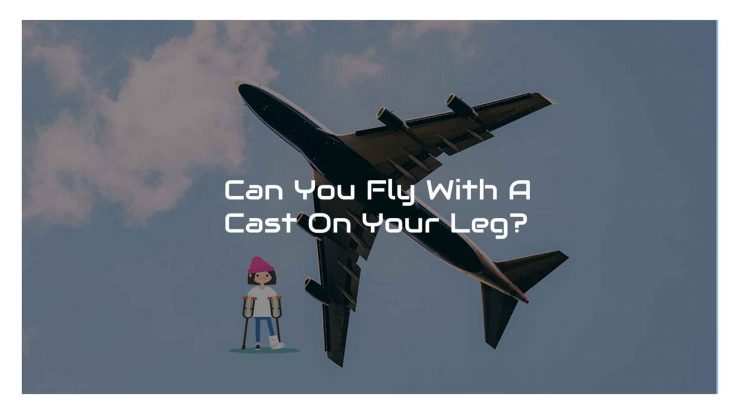
You may be thinking why would someone even ask the question, can you fly with a cast? But there could be many reasons, including injuring yourself on holiday and needing to fly back home or needing to travel to a country where a specialist operation can be performed.
Maybe even traveling to a country, for example, where a medical procedure can be better performed because of advanced medical standards. Imagine having surgery in America as opposed to Africa. Other Times it could be a matter of cost, some countries are cheaper to carry out certain operations than others.
You can definitely fly with a cast on your leg or arm but there are a number of things that you have to do before you are allowed to travel. The most important of which are that you have to wait for 24 to 48 hours after the injury have been plastered, the plaster may have to be split and you have to get a fit to travel certificate from a medical doctor. This article will give further detail on each condition that you have to fulfil.
1. Medical permission
You will not be allowed on the plane unless you have a certificate that certifies that you are fit to fly. The medical doctor will assess your injury and determine your suitability to fly.
You will not be able to sneak onto the plane without showing this document because the airline staff at the boarding gates will ask to see this letter from the doctor giving permission to fly without it you will not be allowed on the plane.
2. Flying within the first 24 hours or 48 hours
The altitude of the plane and the low pressure in the cabin will typically have an impact on the blood and subsequently any wound or injury that you may have.
The airline operators do not want to inconvenience the other passengers or suffer the additional running cost of the plane because they have to turn around for your safety.
The plane cannot land with a full tank of fuel and therefore may have to dump too much fuel to be able to land the plane.
Not to mention the cost of compensating the other passengers for the inconvenience caused, if they have to turn the plane around for your safety.
In addition, travelling too soon after an injury increases the risk of deep vein thrombosis (DVT) and compartment syndrome.
Some airlines require you to wait at least 24 hours after a plaster cast has been fitted for you to board flights less than 2 hours. You may have to wait another 24 hours for longer flights (you have to wait a minimum of 48 hours for long haul flights).
This is because there is a risk of swelling after a plaster cast is first fitted, which can affect blood circulation.
3. Precaution Before you consider flying with a cast on a leg
If you’re planning to fly with a newly fitted plaster cast, you may need to have it split.
This is done to prevent swelling and reduce the risk of deep vein thrombosis (DVT) and compartment syndrome, a potentially serious condition caused by swelling.
Make sure you tell the healthcare team treating you if you’re going to be flying soon.
You may need to have your cast replaced when you reach your destination and split again before you fly home.
If both your legs are in plaster, it’s unlikely that you’ll be able to fly, for safety reasons.
4. Your seat on the plane
Since you’re worried about and asking the question can you fly with a cast there are few more things that you have to consider.
If you have an upper body cast or your leg is in a plaster cast below your knee and you can bend your knee, you’ll be able to sit in a normal seat.
If your plaster cast covers your knee, you won’t be able to bend it, so you’ll need to make special seating arrangements with your airline.
Many airlines will require you to purchase additional seats in these circumstances. What about sitting next to the emergency door where you will have extra leg room?
You won’t be able to sit by one of the emergency exits, where the seats have more leg room, unless you’re able to move easily in an emergency, which may be unlikely depending on the severity of your injury or the recovery stage of your leg.
5. Wheelchair help
If you have a cast on your leg and need a wheelchair to get around the airport and board the plane, tell your airline as soon as possible.
They can arrange for a wheelchair to meet you at both ends of your journey. There’s usually no additional charge for this service.
6. Using crutches
If you’re using crutches to support your weight, you need to tell your airline. Most airlines will let you take your crutches on the plane, but they’ll need to be stored in the hold during the flight.
7. Things to do before you fly with a fracture
If you have a broken limb in a cast you should advise the airline of both your condition and assistance requirements (if applicable) either at the time of booking online or via our Special Assistance line preferably on the day of booking.
If you are traveling with upper limbs in cast, waist and above, you will only require one seat.
If you are travelling with a full leg in cast you may have to purchase up to *3 seats* in total, per journey, to travel. This will enable the leg to be elevated during the flight and reduce swelling.
If you are travelling with lower leg in plaster, below the knee only, you will only require one seat.
If a plaster cast has been fitted on any limb for less than 48 hours then the cast needs to be split. You got to split plaster cast for flying (the split needs to run along the entire length of the cast).
If the plaster cast been fitted for more than 48 hours there is no requirement for the cast to be split. This is applicable for both plaster of paris and resin casts.
The cast must be plastered within the first 7 days after a fracture.
It is recommended that even for fractures that are older than 7 days that the cast is plastered.
Passengers with a leg cast (thigh down to or including the ankle) must purchase
2 seats because the leg must be elevated during the flight and for safety reasons should not be stretched out in the aisle.
For children with leg casts, the number of additional seats to be booked depends on the size of the child.
Some airlines require that an indemnity form for sick passengers be signed in order to confirm that the respective passenger has been informed regarding the risks associated with transportation (swelling of limbs due to low air pressure, tissue damage, circulation problems, risk of thrombosis, etc.).
If you are asking these questions below, then the same rules apply. You can check with the specific airlines to confirm if their rules remain the same or if they have changed.
Conclusion
There are many risks involved in flying. If you have an injury and the trip is not necessary then consider traveling at a later time when the injury is healed. If you cannot wait that long then be safe and take all the necessary safety precautions.
If you have a story of traveling while wearing a cast or a boot walker while traveling on a plane please share in the comments section of this page. Good luck with your travels
Reference:

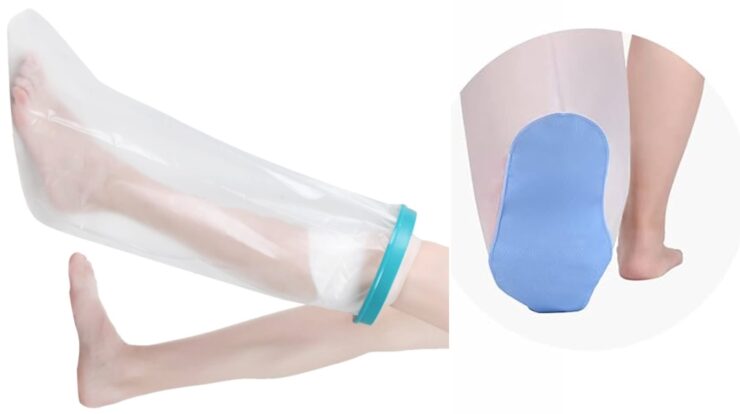
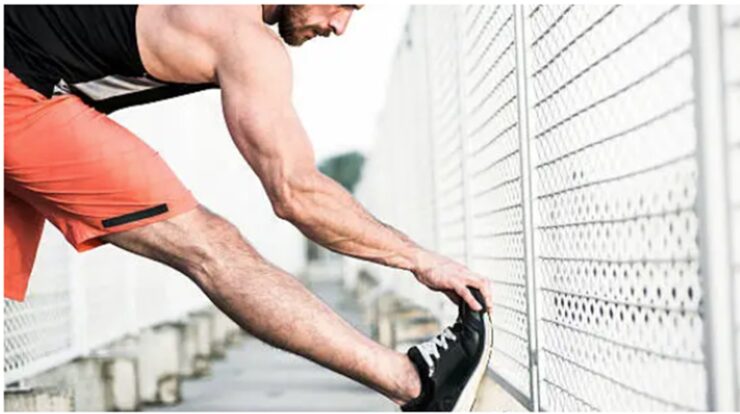

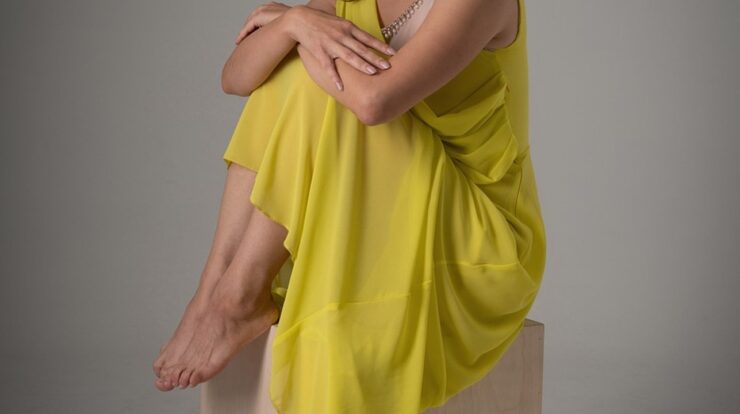
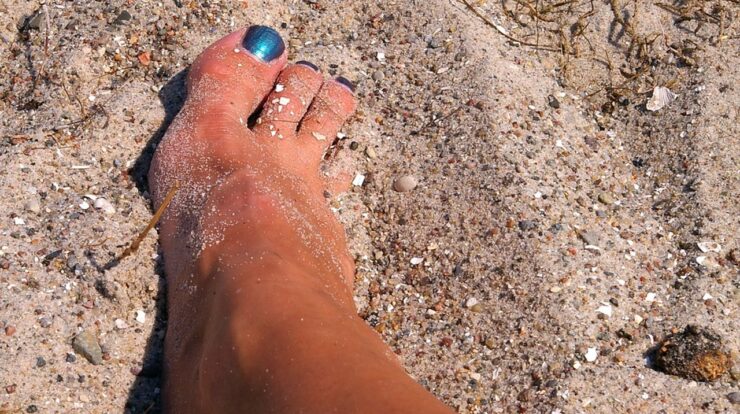
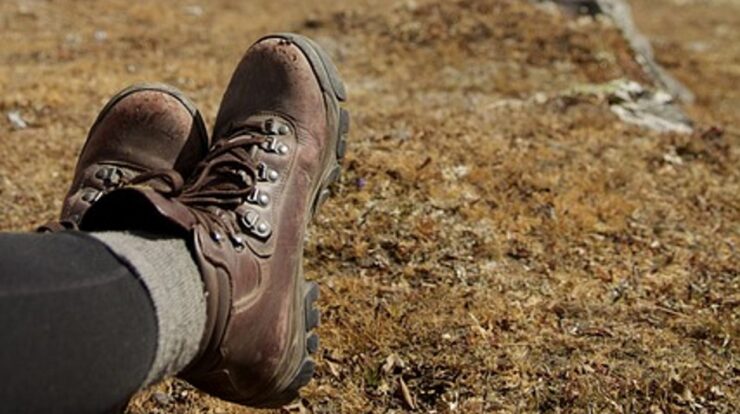
good
TUI: Can I travel with a broken arm or leg?
If you’ve had a broken foot and the doctors fitted a plaster cast within 48 hours before you are due to fly, your health care professional will need to split the cast. Splitting the cast. The doctor will have to spit in two and wrap it with bandages for support. Splitting is to protect the leg, just in case more swelling occurs. Just to be certain you’ll need to bring a fitness to fly letter. Plaster cast fitted outside of the first 48 hours won’t need a fitness to fly letter. It is always a wise idea to speak to your doctor about any extra precautions that may be deemed necessary. If you happen to have a full leg plaster, a fused knee or your leg cannot be bent for whatever reason, you will need to book two extra seats so you can sit sideways during the flight. You may need to contact TUI customer Welfare team for assistance. you will need a fitness to fly letter. For more information please visit TUI.
EASY JET: Passengers travelling with broken limbs
If you are travelling with your upper limbs in a cast you will require only one seat to travel. However, passengers travelling with lower limbs in a cast must purchase two or more seats per flight to travel as required to accommodate their height comfortable. The extra space is to enable to limbs to be elevated during the flight in order to reduce or prevent swelling. If you are travelling with a lower leg in a plaster, you may only require one seat. The number of seats required is determined to accommodate your higher comfortably. Additional seating required must be purchased, regardless of whether the aircraft is full or not, to accommodate Your needs. You will be required to transfer to the next available Flight, if the current flight is full so you can purchase an additional seat as required. EasyJet stated that it will not be held responsible for any resulting costs of an overnight stay in these circumstances. The same requirements, for adults, in relation to additional seating being booked shall be applied to a child passenger travelling with a lower limb in a cast. However, the length of the cast will determine whether the child will require one, two or more seats to enable their leg to be elevated during the Flight. If you are travelling with a plaster cast fitted for less than 48 hours you must ensure that the cast is split along the entire length of the cast to protect against swelling that may occur in-flight. If the plaster cast has been fitted for more than 48 hours, there is no requirement for the cast to be split. This is applicable for both resin and plaster of Paris casts. For more information contact easyjet.
RYANAIR: Can I travel with a broken limb in a cast?
You should advise Ryanair if you have a broken limb in a cast? You should always advise Ryanair of both your assistance requirements and condition. You may do so at the time of booking online or via our Special Assistance line. It is preferably that you inform them on the day of booking. If you decide to travel with your upper limb in a cast, you will only be required to purchase one seat. However, if you decide to travel with a full leg cast then you must purchase at least 3 seats in total, per journey, in order to travel. This will ensure that the leg can be elevated during the flight in order to reduce or prevent swelling. If you are travelling, for sure, with your lower leg in plaster, that is below the knee only, you will only be required to purchase one seat. If your plaster cast has been fitted, on any limb, for less than 48 hours the cast will need to be split. The split will need to run along the length of the entire cast. Cast fitted for more than 48 hours? Then there is no special requirement for the cast to be split. It is applicable for both plaster of paris and resin casts. For more information contact Ryanair.
Can you fly with a cast on JET2
Plaster Casts. JET2 strongly recommend that you contact your insurance company in the first instance before travelling. If your plaster cast were fitted for more than 48 hours before the time of travel and there were no complications, then there are no restrictions on travel. Your plaster cast should be loosely fitted to allowing for expansion and swelling at high altitudes. If the plaster cast has been fitted within 48 hours of your flight, you will need a Fit to Fly certificate, signed and dated by a medical professional. You may then travel with a split cast providing you can exit the aircraft unaided, or have a companion to assist you, or have been pre-approved by our Special Assistance Team. If the break has needed surgery or there have been additional complications, you will need a Medical Information Form from our Special Assistance Team. In all cases, you need to be able to bend your knee so you can sit in the aircraft seat. For more information contact Jet2.
Can you fly with a cast Aer Lingus
Broken lower limbs. All broken lower limbs need medical clearance due to the risk of Deep Vein Thrombosis. Contact the special assistance department of Aer Lingus for medical clearance at least 48 hours in advance of your flight. From then no medical clearance is required for broken upper limbs; you may book online as normal. For more information contact Aer Lingus.